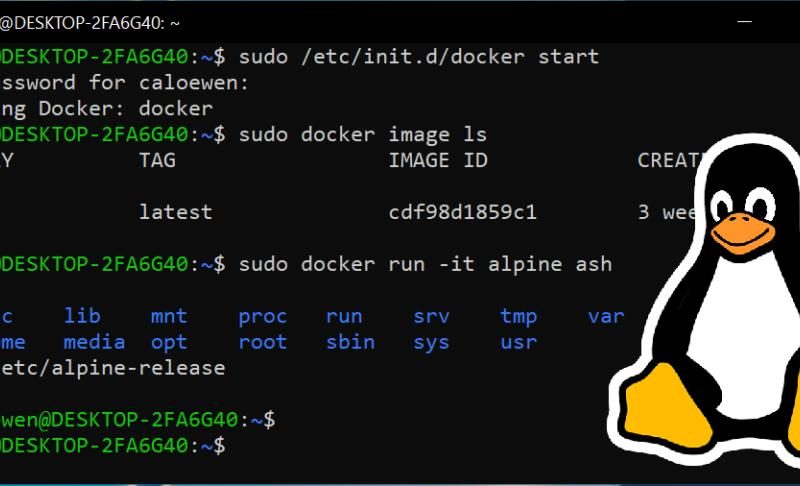Managing cloud-based Linux servers involves various tasks to ensure their proper operation, security, and optimization. Here are some key aspects to consider when managing Linux servers in the cloud:
- Monitoring and Logging:
Set up monitoring tools to track server performance, resource utilization, and application metrics. Cloud providers often offer monitoring services, such as AWS CloudWatch or Azure Monitor, to collect and analyze server data. Additionally, configure logging to capture system logs for troubleshooting and security analysis. - Security and Access Control:
Implement robust security measures to protect your cloud-based Linux servers. This includes applying security updates promptly, configuring firewalls and network security groups, and employing strong authentication mechanisms like SSH key pairs. Use security groups or network security rules to restrict access to necessary ports and protocols. - Backup and Disaster Recovery:
Establish a backup strategy to ensure data integrity and resilience. Take regular backups of critical data and configure automated backup mechanisms provided by the cloud provider. Consider implementing disaster recovery solutions, such as replication across multiple regions or using cloud-based backup services. - Scalability and Auto Scaling:
Leverage the scalability features of cloud platforms to handle varying workload demands. Use auto scaling groups or similar mechanisms to automatically adjust the number of server instances based on predefined conditions. This ensures optimal resource utilization and maintains performance during peak periods. - Configuration Management:
Adopt configuration management tools like Ansible, Puppet, or Chef to manage and automate the configuration of your Linux servers. These tools allow you to define server configurations as code, making it easier to provision, manage, and maintain server environments consistently. - Patch Management:
Stay up to date with security patches and updates for the Linux distributions running on your cloud servers. Regularly check for updates provided by the distribution’s package manager and apply them promptly. Consider using patch management tools or services to automate and streamline the patching process. - Resource Optimization and Cost Control:
Continuously monitor resource utilization and optimize server configurations to maximize performance and cost-efficiency. Identify and address resource bottlenecks, remove unused or idle resources, and leverage cloud provider services like reserved instances or spot instances to optimize costs. - Compliance and Governance:
Comply with relevant regulations and security standards based on your industry requirements. Understand the compliance features provided by the cloud provider, such as encryption, access controls, and audit trails. Implement proper governance practices, including user access management, role-based access controls, and regular security audits. - Documentation and Collaboration:
Maintain documentation of server configurations, deployments, and operational procedures. This documentation helps in troubleshooting, knowledge sharing, and onboarding new team members. Encourage collaboration within your team by utilizing collaboration tools and version control systems for infrastructure-as-code files. - Regular Testing and Maintenance:
Perform regular testing, including functional testing, performance testing, and security testing, to identify and address any issues proactively. Conduct routine maintenance tasks like system updates, disk cleanup, log rotation, and database optimization to ensure server health and performance.
Remember to consult the documentation and resources provided by your cloud provider, as they may offer specific guidance and tools for managing Linux servers in their respective environments.
SHARE
